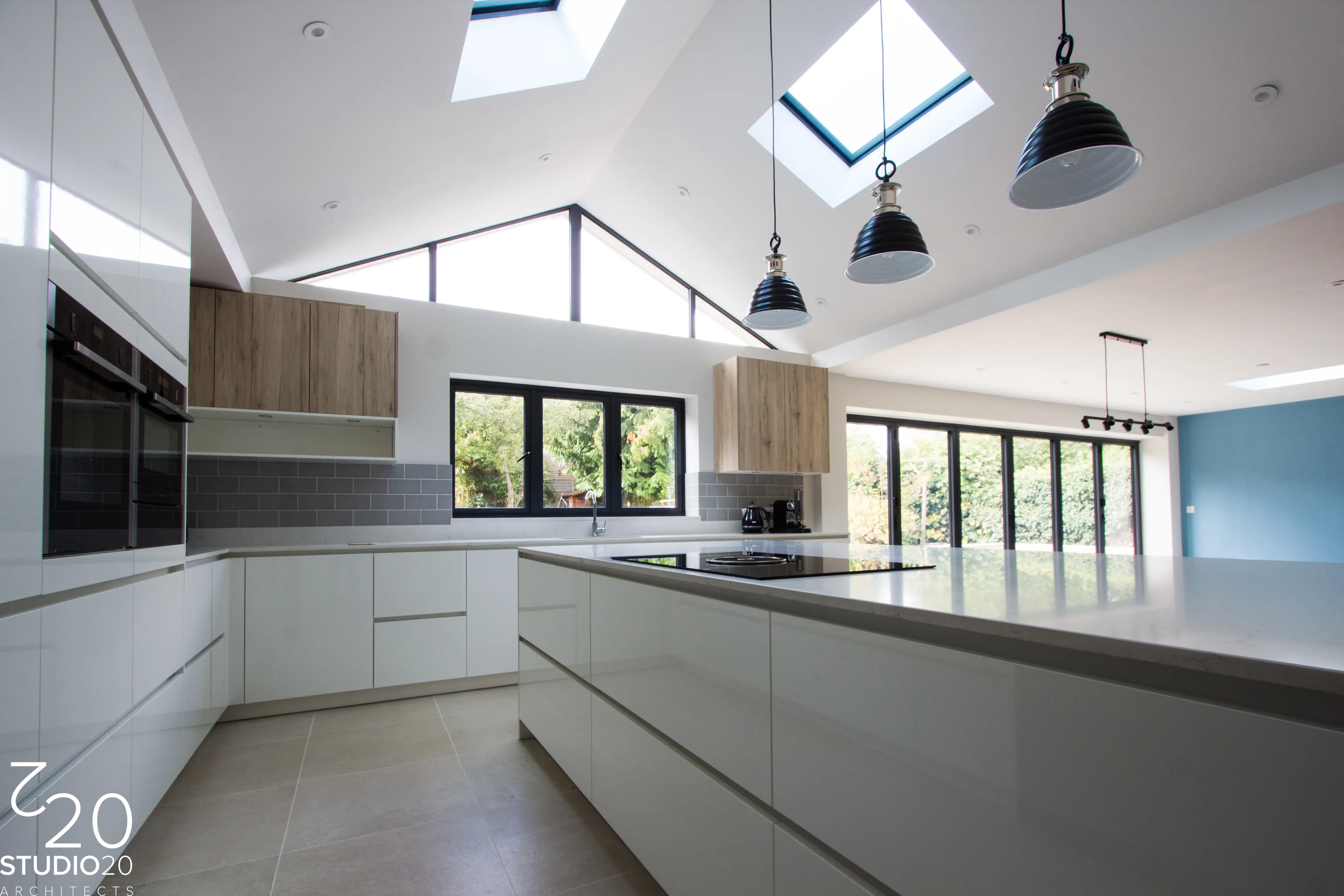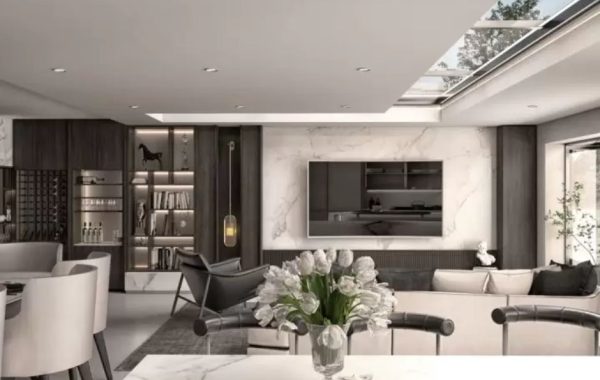An In-Depth Guide to Vaulted Ceilings in the UK: How to Transform Your Home with Height and Light
Vaulted ceilings are experiencing a resurgence in contemporary home design, blending functionality with aesthetic appeal. From their historical roots in neolithic Cyprus to their modern presence in UK homes, vaulted ceilings offer both charm and practicality. This guide explores everything you need to know about incorporating vaulted ceilings into your home, whether you’re renovating or building anew.
What is a Vaulted Ceiling?
A vaulted ceiling is an architectural feature where the ceiling extends above standard wall height, often meeting at a central arch or ridge. By creating elevated, voluminous spaces, vaulted ceilings enhance natural light flow and lend an open, grand atmosphere to interiors.
Key Characteristics:
- Sloping, arched, or ridged design.
- Heightened sense of space and elegance.
- Often found in gothic, barn-style, and contemporary architectures.
Benefits of Vaulted Ceilings
- Enhanced Natural Light: Skylights and Velux windows maximize daylight.
- Opens Up Unused Space: Converts dead, wasted areas into functional and airy zones.
- Adds Grandeur: Creates a stunning focal point, elevating the overall aesthetic.
- Exposed Beams: Adds character and charm to interiors.
- Increased Home Appeal: A dramatic ceiling design can boost property value.
Limitations of Vaulted Ceilings
- Higher Maintenance: Cleaning, painting, and changing light fixtures can be challenging due to the height.
- Increased Energy Costs: Heating and cooling require more energy due to the larger air volume.
- Construction Costs: Retrofitting a vaulted ceiling can be expensive due to framing and structural changes.
Types of Vaulted Ceilings
- Cathedral Ceiling
- Features two sloping planes that meet at a central ridge.
- Perfect for open-plan living areas.
- Barrel Vault
- Characterized by a continuous arch resembling a half-cylinder.
- Ideal for hallways and entryways with a classic touch.
- Dome Vault
- Spherical, rounded ceiling shape curving upwards from walls.
- Works well in small rooms, bathrooms, or kitchens.
- Groin Vault
- Formed by intersecting barrel vaults, creating a cross pattern with groins (prominent edges).
- Suited for large spaces like museums, public halls, or grand entryways.
Key Considerations When Planning a Vaulted Ceiling
- Room Size
- Vaulted ceilings visually enlarge spaces but must match the room’s proportions. Consult a builder to determine suitability.
- Structural Support
- Engage a structural engineer to assess whether your existing framework can accommodate the additional height and weight.
- Insulation
- Proper insulation prevents heat loss through the larger surface area of the ceiling. Materials like mineral wool, fiberglass, or foam are recommended.
- Lighting
- Pendant lights, chandeliers, or spotlights can enhance the design. Carefully position light fixtures to ensure coverage and ambiance.
- Ventilation
- Plan for windows, roof lights, or Velux windows to facilitate airflow. These features also introduce more natural light.
- Material Selection
- Choose materials that adhere to UK building regulations and complement your desired aesthetic. Options like timber, plasterboard, or steel can be customized for soundproofing and durability.
- Maintenance Access
- Install access points for cleaning and repairs to minimize long-term challenges.
Do You Need Planning Permission for Vaulted Ceilings?
- No Planning Permission Required: Most vaulted ceilings fall under permitted development.
- Exceptions: If your property is listed or located in a conservation area, planning permission may be necessary.
- Building Regulations: Compliance is mandatory to ensure structural safety and energy efficiency. Consulting a structural engineer is crucial.
How to Incorporate a Vaulted Ceiling
- For New Builds: Vaulted ceilings can be seamlessly integrated into the design stage for greater flexibility.
- For Renovations: Retrofitting requires careful structural assessment, additional framing, and potential wall reinforcements.
Cost Considerations
Vaulted ceilings can increase your project budget by 5–20%, depending on:
- Material choices (e.g., timber vs steel).
- Design complexity (e.g., groin vaults vs barrel vaults).
- Insulation and energy-efficiency measures.
- Installation of skylights, lighting, and ventilation systems.
Vaulted Ceiling Ideas for UK Homes
- Modern Minimalism: Pair exposed wooden beams with neutral tones for a sleek, contemporary feel.
- Rustic Barn Aesthetic: Use reclaimed wood for a warm and inviting design.
- Industrial Edge: Combine steel beams with concrete elements for a bold, urban look.
- Skylight Integration: Maximize daylight with strategically placed roof windows or Velux skylights.
Conclusion
Vaulted ceilings transform interiors, offering both functional and aesthetic benefits. However, they require thoughtful planning, structural considerations, and adherence to building regulations. By collaborating with experts, you can ensure your vaulted ceiling enhances your home’s beauty and value.
At Studio20 Architects, we specialize in designing and executing intricate projects like vaulted ceilings. With years of experience in the UK, we’re equipped to guide you through every step of the process.





